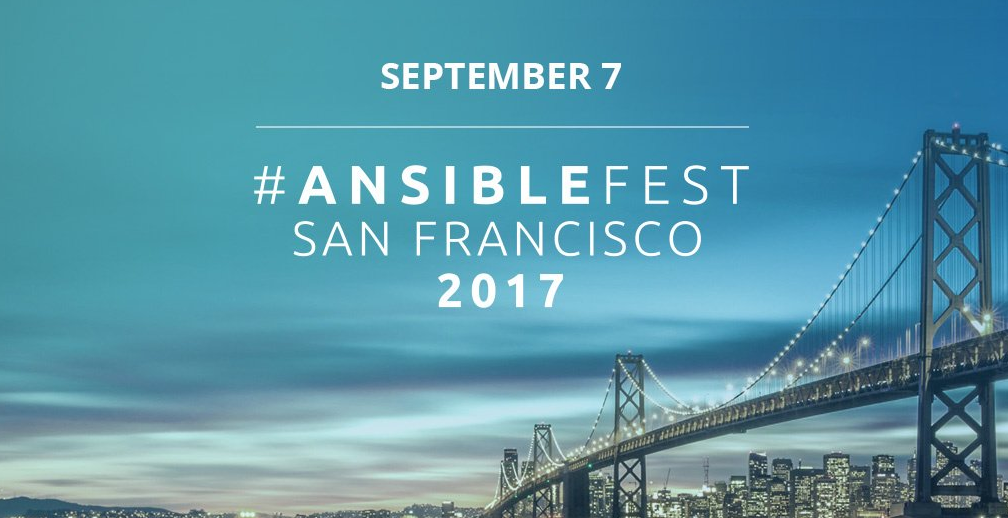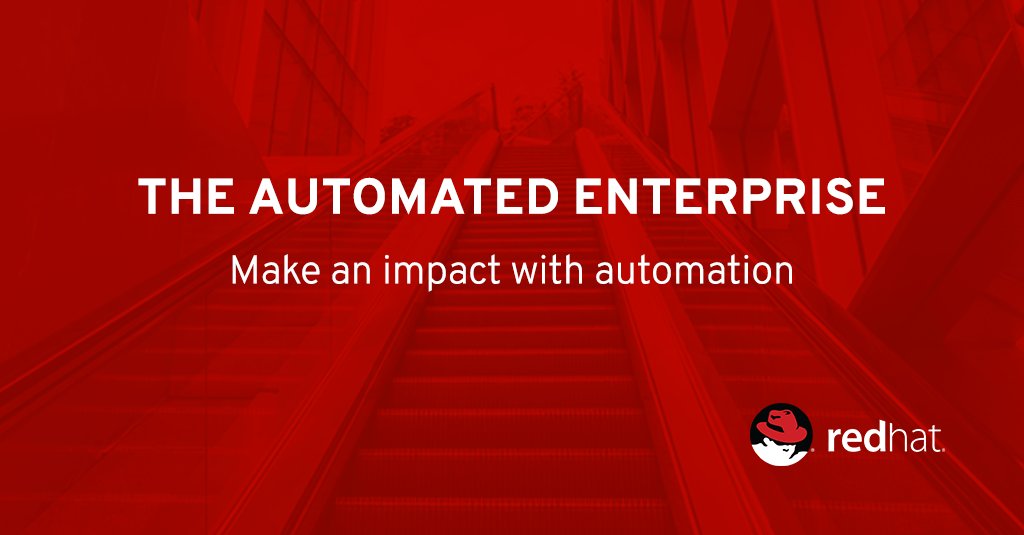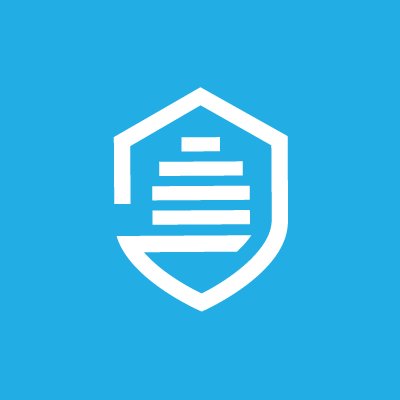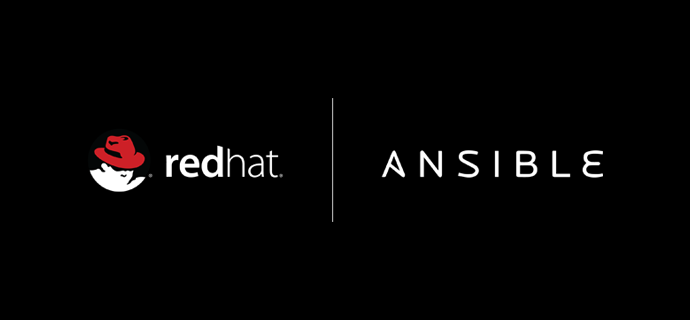Only a year after its creation, the Ansible open-source project is coming off its 1.6 release, has close to 800 contributors in its community, and has debuted Ansible Tower 2.0 at AnsibleFest NYC. The natural language IT automation platform for application deployment, configuration management and cloud infrastructure was also the most popular IT automation project on GitHub in 2013.
SD Times caught up with Ansible’s cofounders, CEO Saïd Ziouani and CTO Michael DeHaan, at AnsibleFest NYC about the fast rise of the open-source project, its newest releases and where the IT automation platform goes from here.
SD Times: What is the thought process behind Ansible Tower and some of the features added in the 2.0 release?
DeHaan: Tower’s got a really good road map with a lot of other features on the way. There are a lot of enterprise applications that have gotten to be really, really complex. So if you think about the BMC Softwares and CA Technologies of the world, these are very capable programs, but they’re very detailed and require consultants for weeks upon weeks to set up. Ansible Tower you can go figure out yourself and get going, but it still provides you all those abilities.
(Related: AnsibleFest features first showing of Ansible Tower 2.0)
Just because it’s simple, that doesn’t mean it’s limited. It has all that capability to boil things down into language IT people can understand and use. Moving forward, we’ve got big functional features coming in that we’re not ready to talk about quite yet, but we’ll continue to expand the interface as well.
At this point in time, coming off the release of Ansible 1.6, what are your main focuses right now and looking forward?
DeHaan: The community has exploded. I mentioned in my presentation that it was in the Top Five projects for GitHub contribution in 2013. But honestly what that does for the project is very significant. A lot of what we do is community oriented, so all these people are coming in with all these different pull requests, enhancing things like the EC2 modules, the Rackspace modules, the monitoring service, a lot of core changes and improvements, as well as bug fixes. So a lot of what we’re doing is serving the community by figuring out which batches we want in and which we don’t, helping people contribute. So Ansible core isn’t as much about us as it is about making it successful as a real open-source project at that level of volume.
That’s our answer for every release: helping the community get done what they want to do, while still holding true to that vision of what we want it to be. Keeping it simple and making sure we look at lots and lots of data points and gather those up. So this coming release we have some minor features planned in terms of improving the ways you can respond to IT failures, but a lot of it we end up being surprised by what people decide to contribute, and Tower sits on top of that.
What about the technology has made the adoption and community contributions so immediate?
DeHaan: It’s about keeping things simple so it doesn’t feel like coding, which has made it a lot more accessible. People can get started with Ansible and learn in in 30 minutes or an hour, so rather than being successful in a month they have something automated in a couple of days. That’s something that doesn’t just apply to smaller users, but bigger users as well. It’s your day-to-day investment that really matters.
It’s also an agentless system only using SSH. So you don’t have to install lots of bots in your network, lots of daemons everywhere and keep those running. Because if those daemons were to fall over, you could no longer talk to the system and it may be consuming extra resources. So Ansible core by itself, when it’s not running, has zero moving parts. That has been a big factor because you get out of the problem of having to manage management software, and that makes it a lot more consumable and reliable.
The other thing is because of the rate of contributions, the number of modules in Ansible core, and the way the community is structured to rally around and build this common core of modules. There are like 235 [modules] in there, so you have this big craftsman toolbox of anything you want to do, and people don’t have to look for a community implementation because the community is collaborating on the same one, and it works everywhere. Having that toolbox of IT tools allows you to get a jumpstart on automation, because you have all these pieces and Legos you can build together.
What is it that differentiates Ansible from other configuration-management software?
DeHaan: If you’re a Ruby developer you might very much like Chef, but our view is that if I’m a developer, I don’t want to write more code to code up my infrastructure. I’d rather just write the code, and that’s why I created Ansible. But I don’t view it as configuration management so much as providing an end-to-end solution. A lot of our users are more focused on apps and view configuration management as solved. There are some users that have existing Puppet or Chef deployment, but they’re using Ansible on top to deploy the apps and in the beginning to do the provisioning. Configuration management is one small piece. In the end it’s about simplicity; not just initial learning curve, but it’s day-to-day time people are happy to get back.
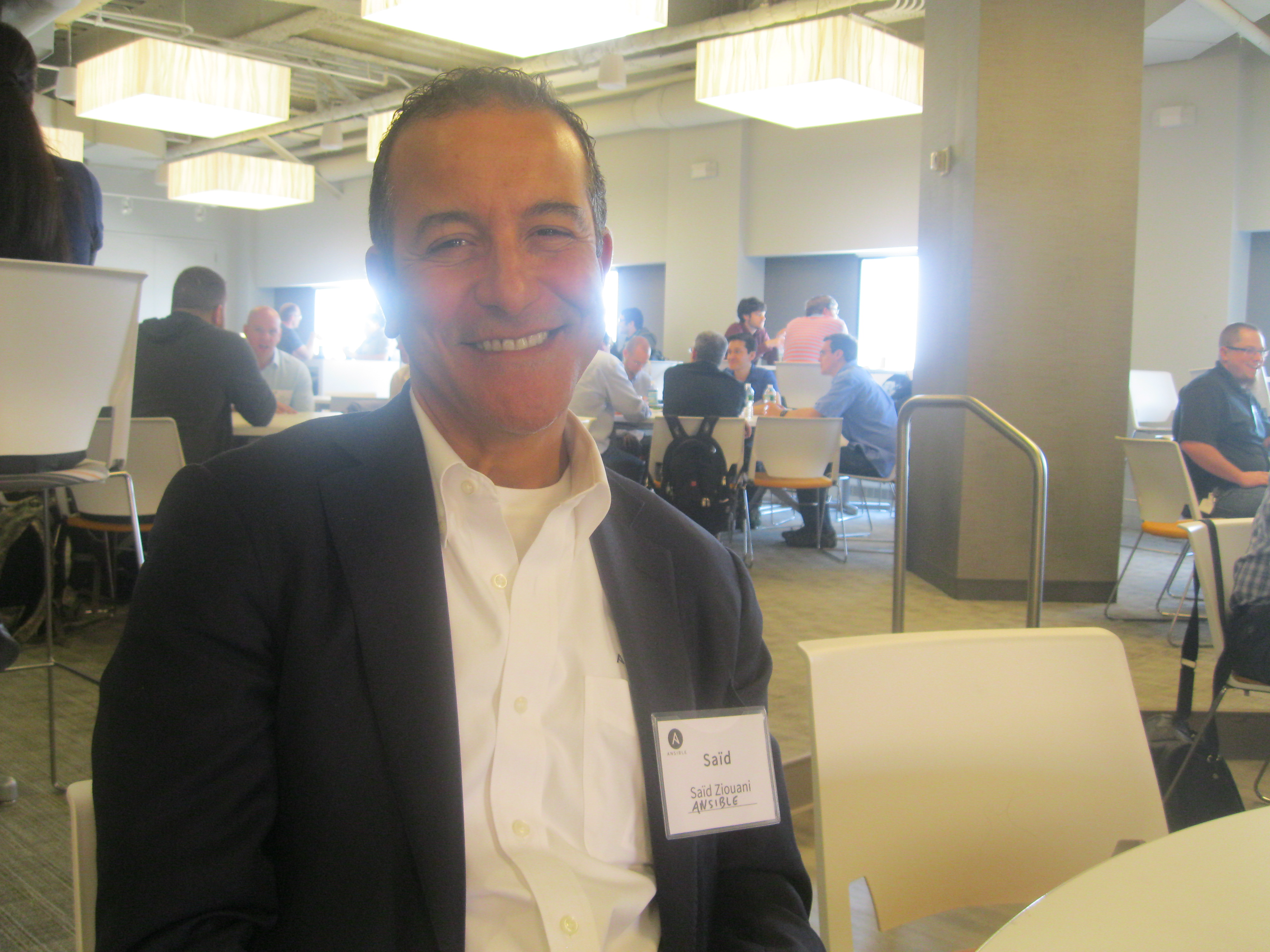
Ziouani: With the movement of DevOps and hybrid cloud, we’re seeing everything become more about application deployment and orchestration than about just configuration management. As important as configuration management still is, the idea of continuous integration and continuous deployment has become even that much more important within the IT landscape.
You’re going to see even more of it. There’s a huge drive toward churning applications out faster. When you talk configuration management, you’re talking about a consistent model of updating and patching your infrastructure. That alone is compartmentalized versus how do I go through the whole application development cycle, all the way from code check-in to full-scale deployment. That’s where Ansible is trying to provide the most value.
Ansible has only been around for a year. Where do you see the project going from here?
Ziouani: You can’t help but think big in a situation like ours. For us to say that it’s going to stop with configuration management, app deployment and orchestration is a limitation. This space could be as big as we, as an open-source collaboration and community, can make it. Think of where our community is today. We’re close to 800 contributors and adding new ones almost every day. Every single one of these contributors brings value to the table that doesn’t have to be specific to how you automate. These guys are stretching the limits of what Ansible can do.
Mobile, social, Big Data, cloud, all these things are bringing in new dynamic technologies that will allow Ansible to do more. The good news is that we’re sitting at a different structure level where we can see a lot of these transformations, and because of that we can make decisions of where to launch next and prioritize. It’s the power of open source and participation.
When you look at how important Big Data has become, and companies like Cloudera, MapR and Hortonworks, you can’t keep up with the pace of innovation happening there. I think similar things are going to happen in IT automation, and we have to be ready to adopt. The advantage of Ansible is that we’re a more nimble, agile platform that can move and build in this era of cloud and Big Data. We weren’t built in that era of heavy infrastructure back in the early 2000s and late 1990s. Here we are a year later with over 200 people showing up to an Ansible event, and these are all people from big banks, from fast-growing startups, from everywhere.


